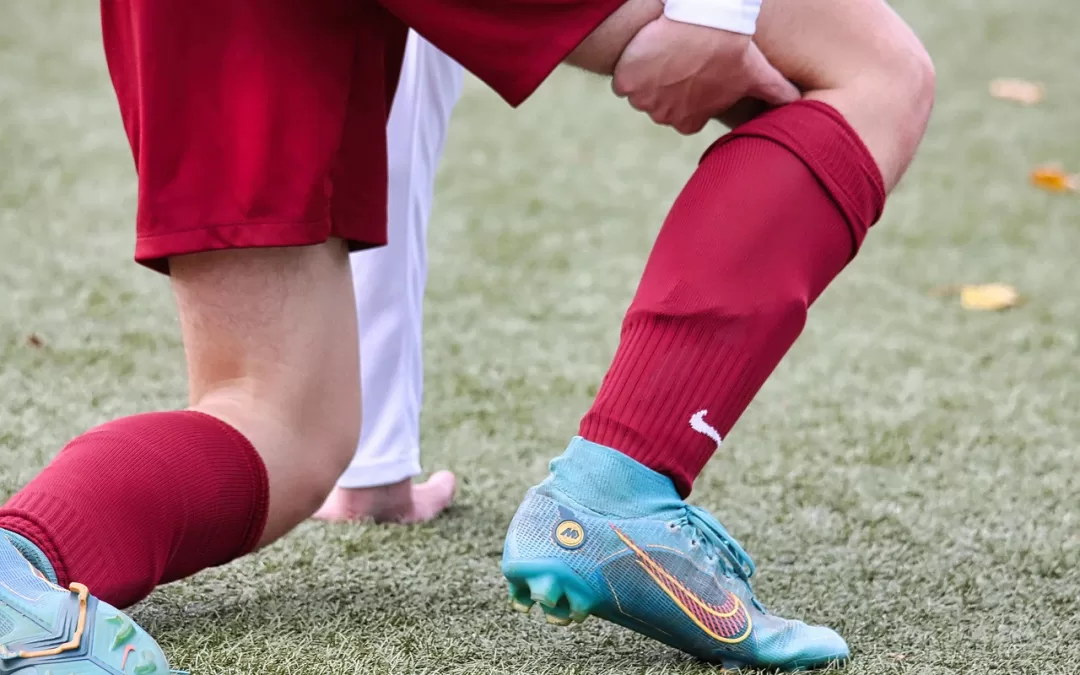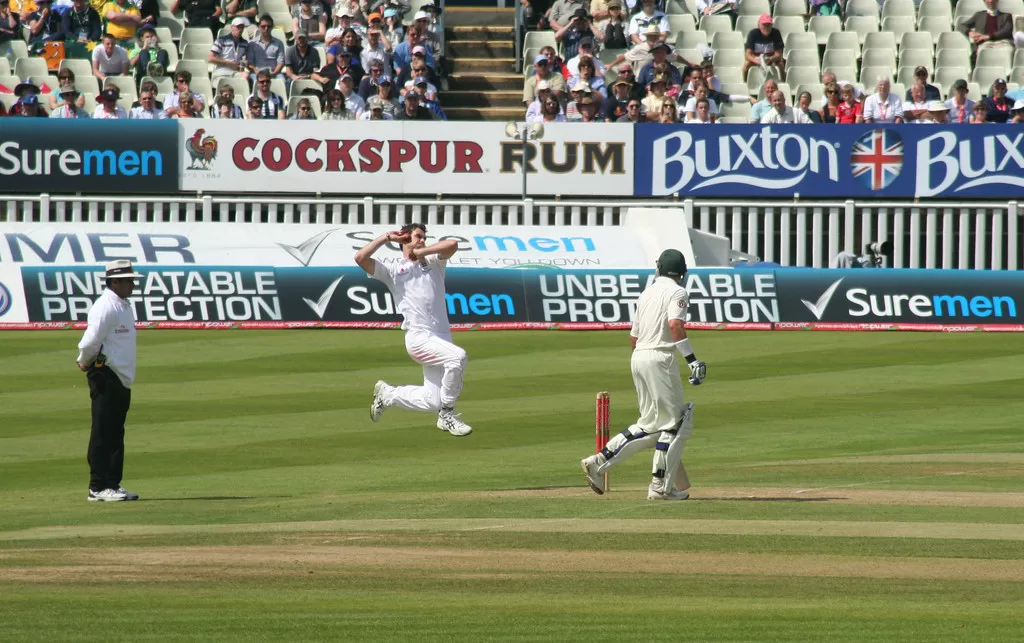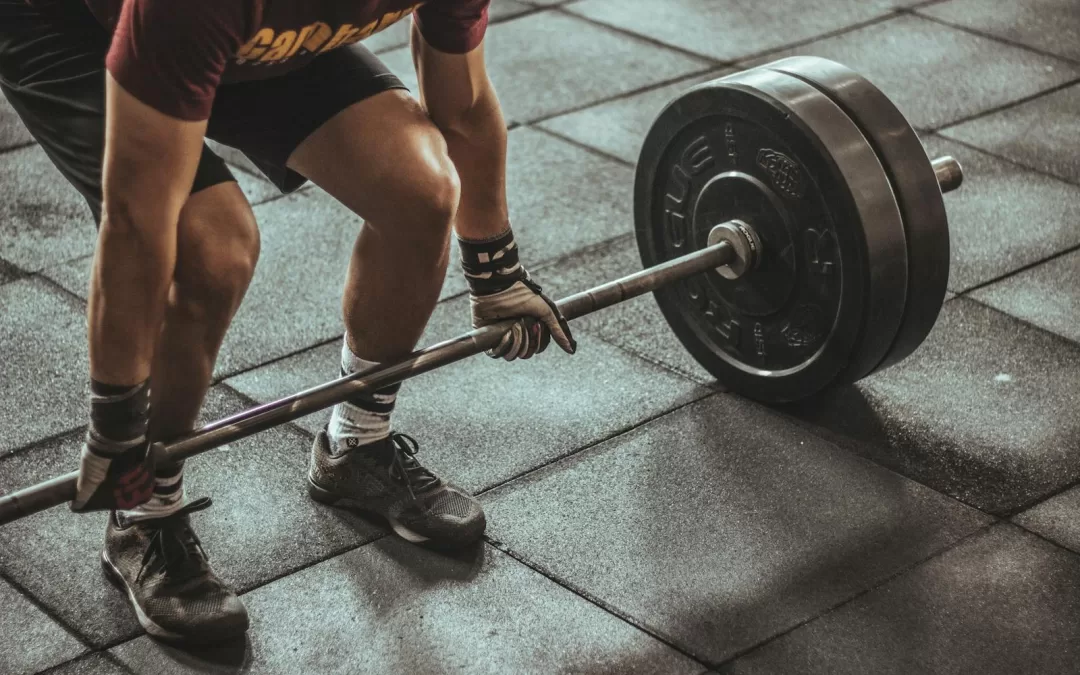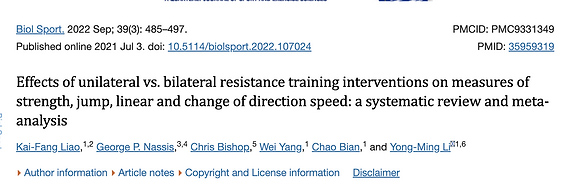
Why The “Wait And See” Approach May Leave You With A Poorer Outcome.
We are all guilty of it. Putting off seeing someone about that niggle. “it will be right” we tell ourselves as we trudge on through life, sport and recreation. The “wait and see” approach, when applied to acute musculoskeletal injuries, refers to a common tendency for individuals to delay seeking appropriate medical intervention and instead hope that the injury will resolve on its own over time. While some minor injuries may indeed improve with rest and self-care, this approach can potentially lead to poorer outcomes in several ways. Let’s take a look at how putting off seeking treatment have a negative affect on your rehabilitation.
Delayed Diagnosis:
“Dr Google” is great but often it doesn’t always provide the end user (you) a balanced view. By waiting to seek medical attention, you risk delaying the accurate diagnosis of your injury. Prompt diagnosis is crucial as it allows for appropriate treatment planning and prevents potential complications. Certain injuries, such as fractures or ligament tears, may require specific interventions like imaging, immobilization, casting, or surgery. Without timely assessment, the injury might worsen or heal improperly. Even something less “serious” like a muscle tear has been shown to do better with early interventions, when compared to delayed rehabilitation.
Increased Pain and Discomfort:
Many acute musculoskeletal injuries, such as sprains, strains, or muscle tears, can be quite painful. Delaying treatment means prolonging your pain and discomfort. Seeking appropriate care early on can provide pain relief measures, such as solid advice and education regarding what positions or activities may ease or aggravate your pain. Further, physiotherapists can offer manual therapy techniques to manage your symptoms effectively. When appropriate, they can refer to other healthcare professionals regarding medications for pain relief.
Impaired Healing:
Many a moon ago (and unfortunately in some corners of the rehabilitation world) the number one method for recovery was rest. In fact, one study that explored the effects of prolonged bed rest on back pain is the “Oslo Back Pain Study” published in 1998. This study followed 278 patients with acute low back pain and randomly assigned them to two groups: one that received two days of bed rest and one that received seven days of bed rest. The study found that there was no significant difference in pain intensity, functional disability, or sick leave between the two groups. This has been further backed up with a cochrane review in 2005 outlining the same results.
Proper management and intervention in the early stages of an acute injury can facilitate optimal healing. Physiotherapy, for example, can play a crucial role in promoting healing by utilising specific exercises, manual therapy, and modalities to reduce pain, restore joint mobility, improve muscle strength, and prevent complications like muscle stiffness or spasm. Delaying physiotherapy may lead to prolonged healing time, reduced range of motion, muscle weakness, and diminished functional outcomes even reducing the chance of developing chronic pain.
Delaying Care Implications:
A landmark study by Linton et al (1993) from the Orebro Medical Center in Sweden found that early active physical therapy significantly reduces the risk of chronic pain in patients experiencing their first episode of acute musculoskeletal pain. In the study, patients were either seen by a physical therapist within three days of injury or had to wait weeks to months for treatment. All patients were medically assessed to rule out serious conditions, and the early intervention group received tailored advice on maintaining daily activities and exercises, with optional ongoing treatment for up to 12 weeks.
At 12-month follow-up, early intervention led to markedly better outcomes: only 2% of this group developed chronic pain versus 15% in the delayed group. Those receiving early therapy also had fewer days off work—32% missed no days at all, and only 17% were off for more than 30 days, compared to 31% in the delayed treatment group. These results highlight the clear benefits of early, active physiotherapy in preventing chronic disability.
Functional Limitations and Disability:
Without timely intervention, an acute musculoskeletal injury can lead to functional limitations, decreased mobility, and potential disability. The longer you wait to address the injury, the more time it may take to regain full function and return to your regular activities. Physiotherapy can help expedite the recovery process by providing targeted exercises and interventions aimed at restoring strength, flexibility, and functional abilities.
Psychological Impact:
Acute injuries can have a significant psychological impact in some people, causing frustration, anxiety, and a sense of helplessness. Delaying treatment may exacerbate these emotional challenges, as prolonged pain and functional limitations can lead to increased stress and reduced quality of life. Seeking prompt medical attention and engaging in a comprehensive rehabilitation program, including physiotherapy, can help address both the physical and psychological aspects of the injury. As they say, fail to plan is a plan to fail.
In summary, taking a “wait and see” approach to acute musculoskeletal injuries often leads to poorer outcomes. Early medical advice—especially when combined with physiotherapy—can accelerate healing, reduce pain and disability, and support a faster return to full activity. At the very least, it ensures you’re on the right path from the start. So, if you do find yourself injured (hopefully not anytime soon!), don’t hesitate to reach out to one of our expert and friendly Praxis Physios. We’re here to help you recover with confidence.
Until next time… Praxis What You Preach
📍 Clinics in Teneriffe, Buranda, and Carseldine
💪 Trusted by athletes. Backed by evidence. Here for everyone.
References:
- Chou R, Qaseem A, Snow V, et al. Diagnosis and treatment of low back pain: A joint clinical practice guideline from the American College of Physicians and the American Pain Society. Ann Intern Med. 2007;147:478–491. [PubMed]
- Linton SJ, Helsing A, Anderson DA. Controlled study of effects of an early intervention on acute musculoskeletal pain problems. Pain. 1993;54:353–359. [PubMed]
- Pinnington MA, Miller J, Stanley I. An evaluation of prompt access to physiotherapy in the management of low back pain in primary care. Fam Pract. 2004;21:372–380. [PubMed]
- Bigos S, Boyer O, et al. Acute low back pain in adults. AHCPR Publication 95-0642. 1994.
- Fritz JM, Delitto A, Erhard RE. Spine. Vol. 28. 2003. Comparison of classification-based physical therapy with therapy based on clinical practiced guidelines for patients with acute low back pain: A randomized clinical trial; pp. 1363–1371. [PubMed]
- Delitto A, Erhard RE, Bowling RW. A treatment based classification approach to low back syndrome: Identifying and staging patients for conservative treatment. Phys Ther. 1995;75:470–485. [PubMed]
- Spengler D, Bigos SJ, Martin NZ, Zeh J, Fisher L, Nachenson A. Back injuries in industry: A retrospective study. Overview and cost analysis. Spine. 1986;2:241–245. [PubMed]
- Leavitt SS, Johnson TL, Beyer JD. The process of recovery, Part 1. Med. Surg. 1971;40:7–14.[PubMed]
- Hagen, K. B., Jamtvedt, G., Hilde, G., & Winnem, M. F. (2005). The updated cochrane review of bed rest for low back pain and sciatica. Spine, 30(5), 542–546. https://doi.org/10.1097/01.brs.0000154625.02586.95




